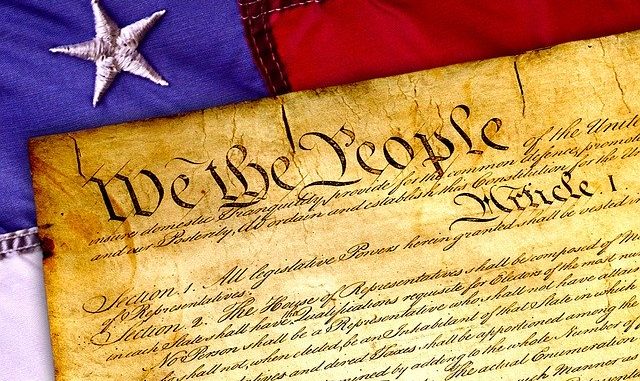
A Point of View © 1996
By Paul V. Montesino, Ph.D., MBA, ICCP
When I was a senior high school student, that was a while back, I was interested in the chemistry course. As a child, I enjoyed the mixing games. As I grew older I had always been impressed by the periodic table of elements that were on the wall of several classrooms in my school. As those of you familiar with the table know, that is a tabular display of chemical elements arranged by atomic number, electron configuration and recurring chemical properties. Whoever designed those elements must have been very clever. All you have to do is swap either of those properties between elements and they change into each other. I guess it would be like pulling hairs from my wife’s head and planting them on mine and I would become her. “See honey, remember when we married and were told that you and I would become one?”
There were two additional reasons for that appeal: I was considering the medical career for my profession, and the teacher, an eccentric older man who ported an Einstein style mustache and thick eyeglasses, was very popular with the students. The first reason didn’t survive my graduation a couple of years later and I never saw the professor again after I graduated.
In one of the first practical classes at the chemical laboratory, a classmate and I decided to have some fun and conduct an experiment of our own: mixing as many of the chemical elements we could find in one of the beakers, as the glass vase typically used for those purposes is called, and see what would happen. Most experiments involving mixing elements are designed with care to eliminate accidents. We took the opposite approach and the consequences were not surprising: the contents in the beaker exploded blowing glasses around while we laughed irresponsibly.
Our professor didn’t find it funny or laughable and kicked us out of the lab until further notice after we had to clean our mess. That was a lesson we learned in school that served us later in life. Don’t mess with chemical components. And don’t do it particularly if you only know where you are coming from and not where you are heading. The ingredients we used coming from were known, the explosion wasn’t.
I am sure you, my frequent readers, are starting to know not only where I am coming from with this article, but also where I am headed. I hope that helps us all. In the next few days, July 4 to be exact, we’ll be celebrating one of the best-known experiments of history: the American Experiment.
Our Founding Fathers were familiar with where we had come from, but they were mostly concerned with where we were headed. The Preamble to the Constitution they created read as follows: “We the People of the United States, in order to form a more perfect Union, establish Justice, insure domestic Tranquility, provide for the common defense, promote the general Welfare, and secure the Blessings of Liberty to ourselves and our Posterity, do ordain and establish this Constitution for the United States of America.”
It was a “We” document, not an “I” document, or a “Not You” document. It was an inclusive document, not an exclusive document, and it was available to anyone willing to subscribe to its principles and fight for them if necessary as many would. The components of the ingredients were not listed in a recipe. No color of the skin or race, no religion, no particular sexual orientation, no political affiliation, no national origin required, at least not explicitly even if some practiced it implicitly.
And to make sure we don’t miss a beat, on June 15 the Supreme Court made clear that LGBTQ folks are included in the “We” and cannot be discriminated against. Sometimes the Court must cross the t’s and dot the i’s in order to make the text easier to read, but that is Ok.
We ended in what in a play of 1908 by Israel Zangwill was called “The Melting Pot.” In one of the most emotional parts of the plot we read the main character, David, says: “Yes, East and West, and North and South, the palm and the pine, the pole and the equator, the crescent and the cross—how the great Alchemist melts and fuses them with his purging flame! Here shall they all unite to build the Republic of Man and the Kingdom of God. Ah, what is the glory of Rome and Jerusalem where all nations and races come to worship and look back, compared with the glory of America, where all races and nations come to labor and look forward!” The Melting Pot does not contain a soup that is separate but equal; it contains a soup that is united but different.
When we experiment there are opportunities for error. Errors of omission are understandable because we can correct them. It is when they are intentional that correction takes longer. In both cases, however, we must make an effort to acknowledge the aggrieved and offer relief. That’s why we have legislative bodies, governmental entities and courts in our nation. And above all, there are educational institutions that must teach our young minds what that American experiment means to all of us.
The ingredients in the beaker are not hot dogs, hamburgers, French fries or fireworks. Those are the distractions. The ingredients are the names of the many who gave their lives so the experiment that is America should continue and succeed without breaking the beaker with the ingredients.
And that is my Point of View this July 4: Happy Birthday America. They don’t call you America the Beautiful for nothing.


